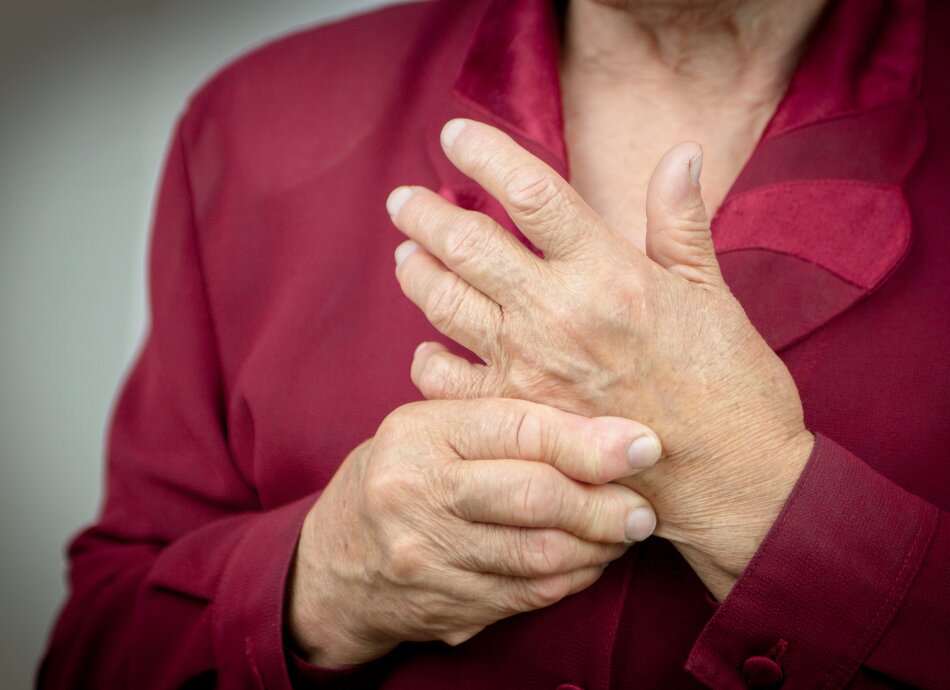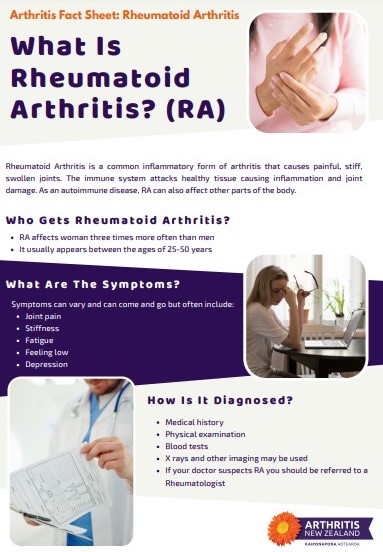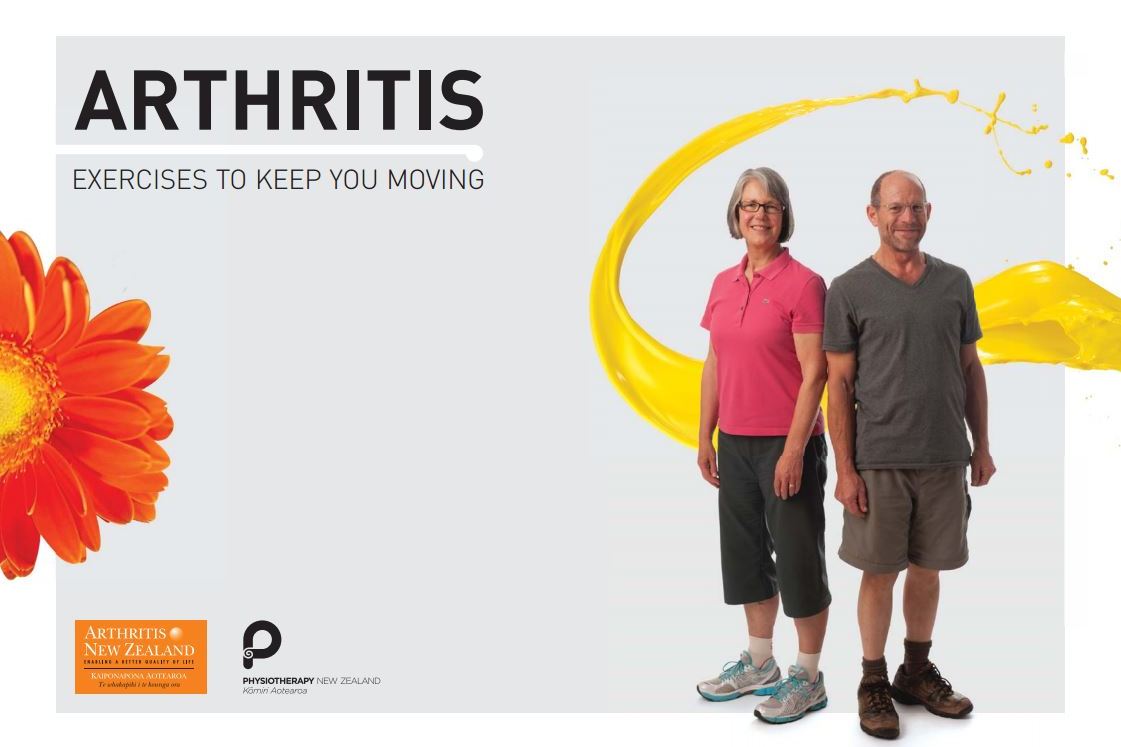Tips for living well with rheumatoid arthritis
Understanding that you are the centre of your own RA management is key to living well with rheumatoid arthritis.
This does not mean that you manage your condition on your own, without support from your health care provider. Rather, it means that you work in partnership together with your health care provider to manage your condition and improve your health and enjoy a better quality of life.
Here are some ways that can help you live well with RA.
Adjust your routine
Joint swelling and pain can make it difficult to complete daily tasks – things you used to do with ease, may be more challenging.
Understanding your limitations and making small adjustments to your daily routines may make things easier. This may include doing your tasks in stages with rest breaks and re-organising your environments such as your kitchen or work space so that items you use frequently are easy to reach.
Understand your medication
Get the most out of your medication by taking it regularly, as prescribed.
Even if you feel better, taking your medicine can help prevent flare-ups and reduce the risk of joint damage. See our tips for remembering to take your medicine.
Also, get to know your medicines – their side effects and what to do if they occur, anything you can do to lessen them, and any tests or monitoring that may be required.
By having a better understanding of your medicines, you have a greater chance of taking them properly and safely.
Arthritis medicines may interact with over-the-counter medicines or herbal supplements, so check with your rheumatologist pharmacist before using these.
Make healthy lifestyle choices
Maintaining a healthy lifestyle will help your physical and mental well being.
Doing gentle, regular exercises can help keep your joints flexible, strengthen your bones, help you maintain a healthy weight, relieve emotional stress and create a feeling of general well being.
Eat a well-balanced diet with a high intake of whole grains, vegetables, fruits, legumes, nuts, fish and olive oil. There is no specific diet for people with RA and no specific foods to avoid.
Have a support network
Adjusting to life with RA can be challenging and frustrating.
It can be hard to deal with the unpredictable nature of the condition. Some days, the pain and stiffness will be much worse than others, and there's no way of knowing when a flare-up will occur.
You may feel angry, anxious, sad, discouraged and depressed. This is normal.
Many people find it helpful to talk to others in a similar position. You may find support from an individual or group of people with rheumatoid arthritis.
Speak to your healthcare team if you're struggling to deal with your condition emotionally and your low mood is affecting your daily activities.
Plan for setbacks
Many people with RA find that they can achieve remission with either a total absence of symptoms or having only an occasional flare of joint symptoms or morning stiffness. But flares may occur and it's not unusual to alternate between periods of flares (relapse) and being free of symptoms.
These periods of relapse can be difficult to deal with. Symptoms you once had under control, can return.
Understanding why relapses occur and planning for setbacks can help you manage them better.
Talk to your doctor about how to manage flare-ups. Plan for how you'll manage tasks at home and work during a flare-up.
Have your say – shared decision making
Talk to your healthcare provider about any aspect of your care that you are not satisfied with. Together you can find solutions or the support you need.
While your doctor may have expert knowledge in the diagnosis and treatment of your condition, remember you have the best understanding of how you're feeling, what your expectations are, and what things are important to you. Therefore, together you and your doctor can find the best choices for you.
Here are some examples of questions to ask your rheumatologist:
- How will I know if the medication is working, and how long does this take?
- What are the possible side effects and how often will they occur?
- What should I do to minimise the chance of side effects?
- Who do I contact if I have concerns about the medication?
- Are there medications I should stop now that I am beginning this new treatment?
- How can I keep track of the blood test results used to monitor my RA?









